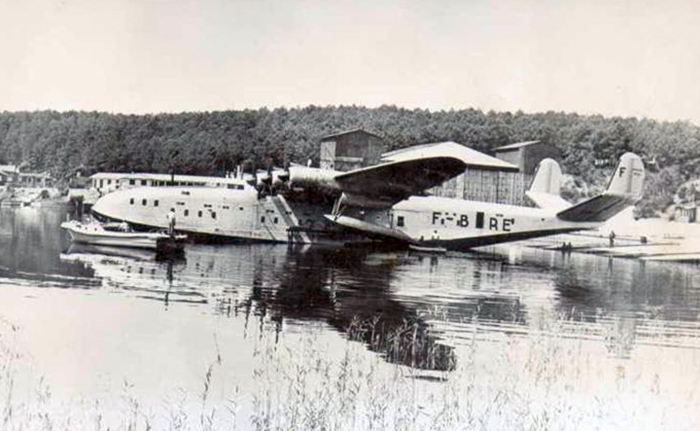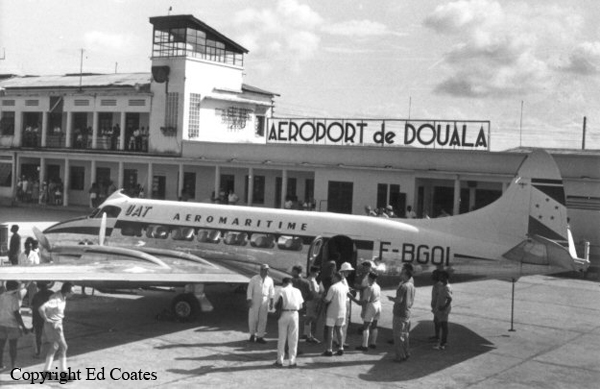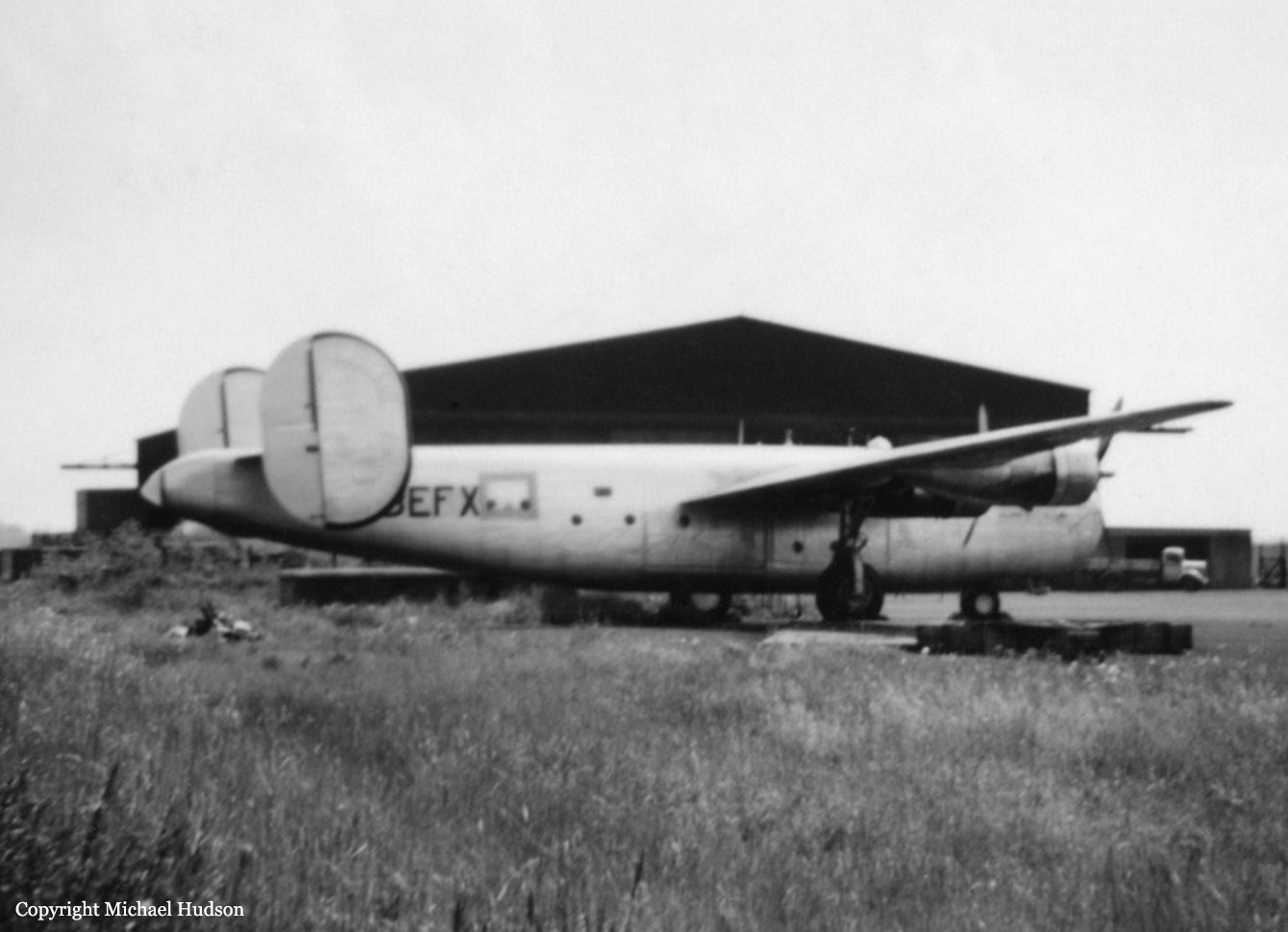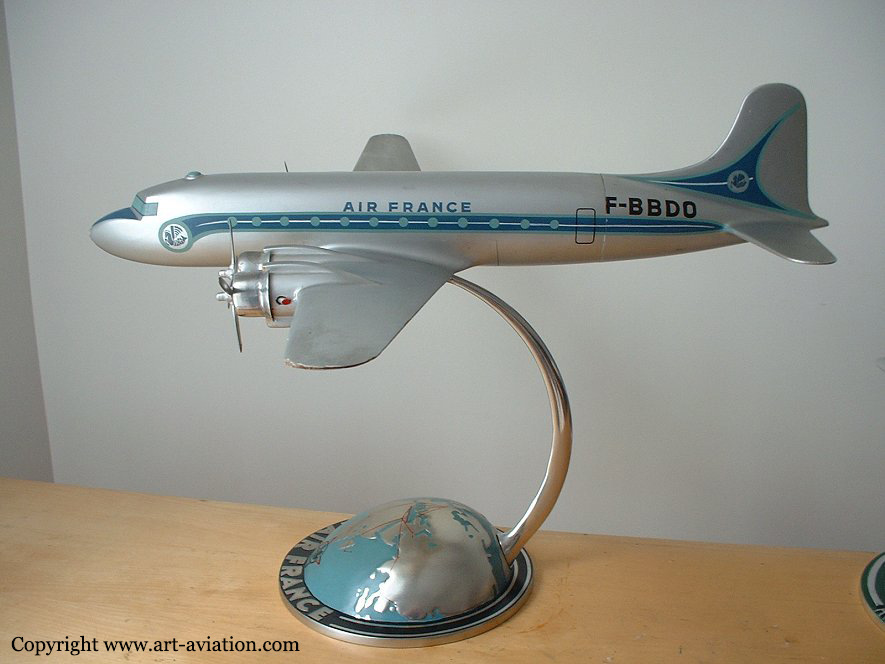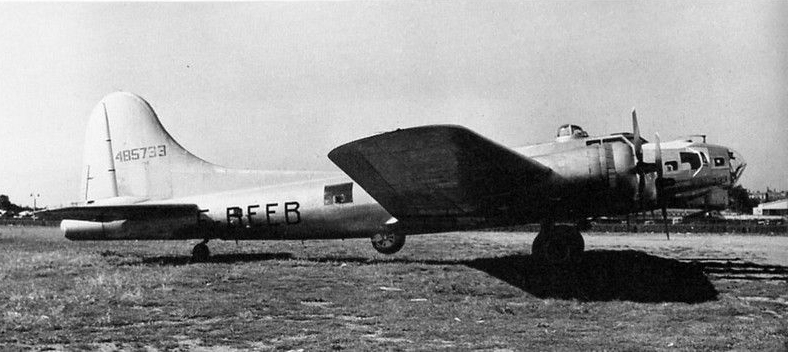Crash of a De Havilland DH.89A Dragon Rapide near Mouangko: 1 killed
Date & Time:
Sep 18, 1956
Registration:
F-OAVZ
Survivors:
No
Schedule:
Libreville – Kribi – Douala
MSN:
6790
YOM:
1944
Crew on board:
1
Crew fatalities:
Pax on board:
0
Pax fatalities:
Other fatalities:
Total fatalities:
1
Circumstances:
While cruising at low height, the twin engine aircraft hit a tree and crashed in the Sanaga River, about 40 km south of Douala. As the airplane failed to arrive at Douala Airport, SAR operations were conducted and the wreckage was found near Mouangko five weeks later on October 26. The pilot was killed. For undetermined reason, he was flying at an insufficient altitude.
